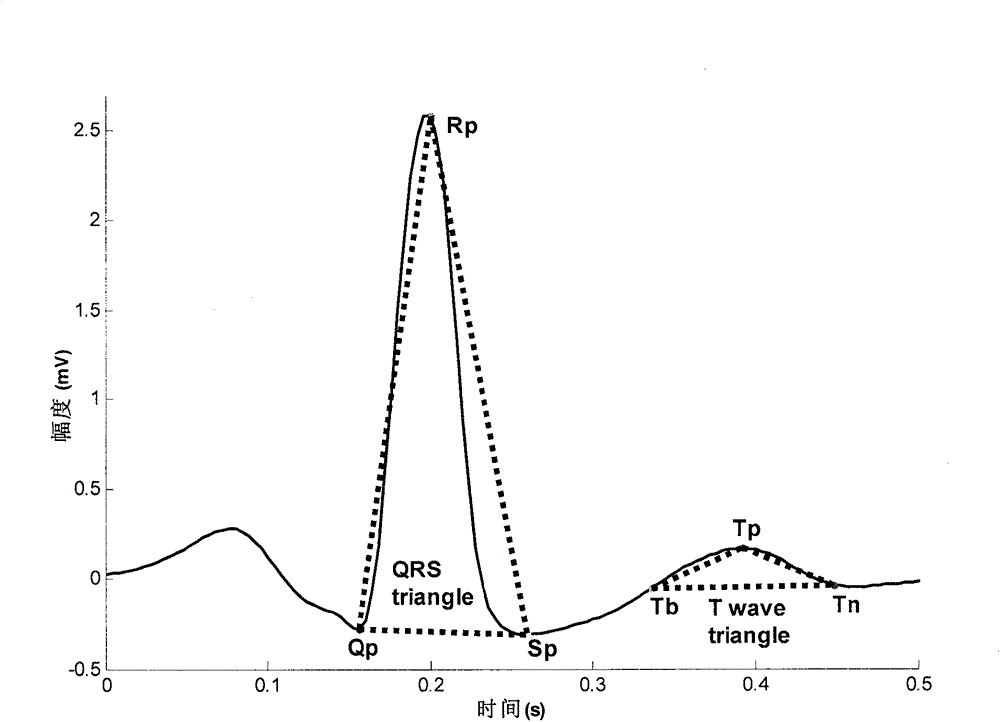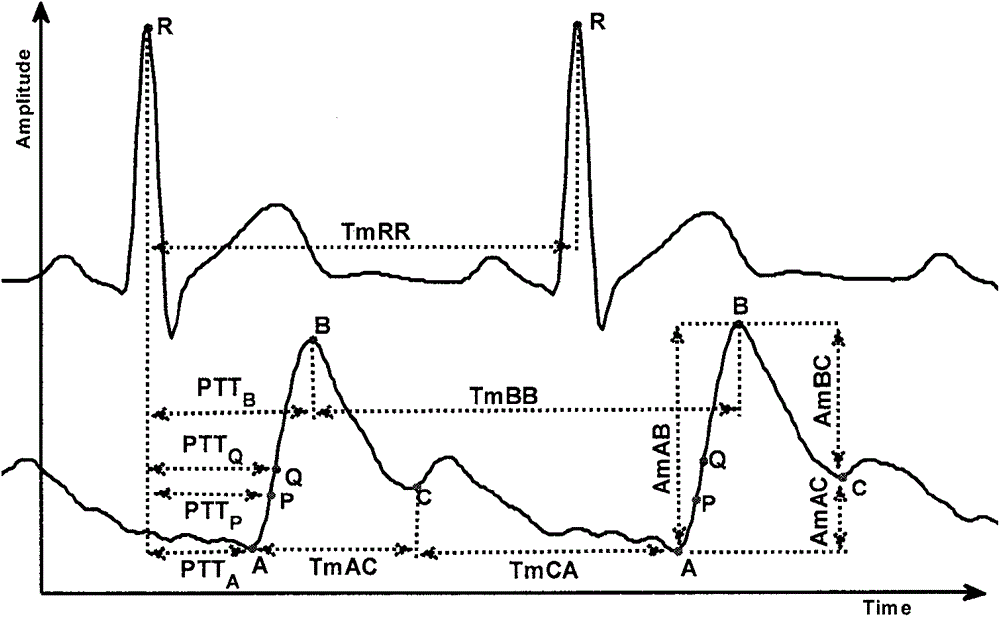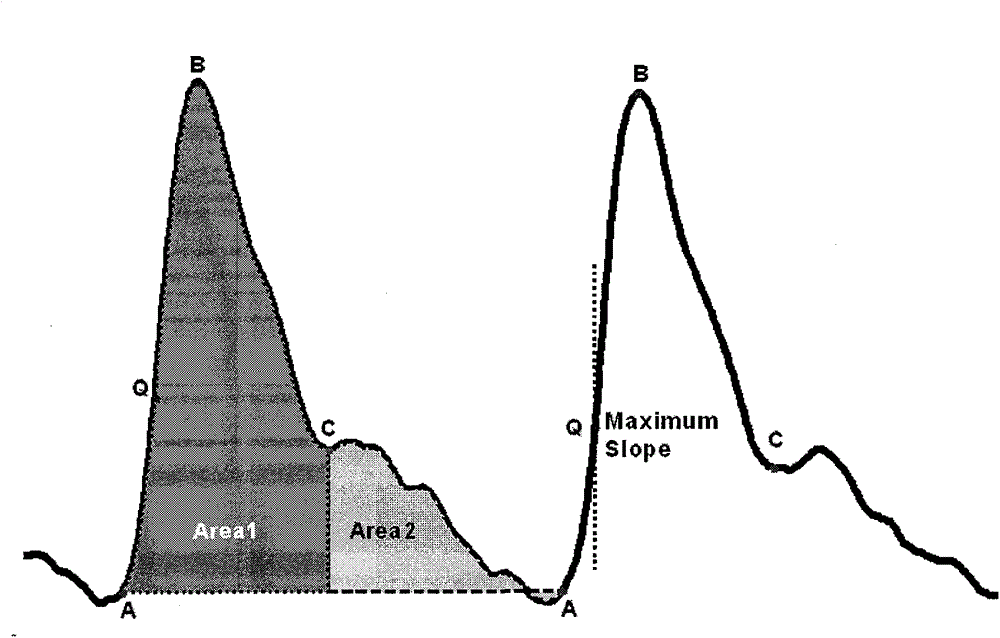Method for estimating exercise load level based on cardiogenic signals
A technique of exercise load and estimating equations, applied in medical science, sensors, diagnostic recording/measurement, etc., can solve problems such as one-sidedness, inability to fully reflect the response of the cardiovascular system, and singleness
- Summary
- Abstract
- Description
- Claims
- Application Information
AI Technical Summary
Problems solved by technology
Method used
Image
Examples
Embodiment Construction
[0039] This embodiment provides a method for estimating exercise load level based on cardiogenic signals, including the following steps:
[0040] Step S1. In the "rest-exercise" experiment, select individualized exercise load sensitivity indicators from ECG, beat-by-beat blood pressure, and photoelectric volume wave, and establish an individualized exercise load sensitivity index vector, which specifically includes the following steps:
[0041] Step S1.1, "rest-exercise" experiment and physiological data collection. The data collection time is 6 minutes, including a 3-minute resting period and a 3-minute exercise period. The specific experimental process is: sitting quietly on the bicycle for 3 minutes, pedaling the bicycle for 3 minutes, and the power is set to 100W. ECG, photoelectric volume wave, and beat-by-beat blood pressure were collected simultaneously throughout the experiment. The collection equipment of electrocardiogram and photoplethysmography is the non-invasive card...
PUM
 Login to View More
Login to View More Abstract
Description
Claims
Application Information
 Login to View More
Login to View More - R&D
- Intellectual Property
- Life Sciences
- Materials
- Tech Scout
- Unparalleled Data Quality
- Higher Quality Content
- 60% Fewer Hallucinations
Browse by: Latest US Patents, China's latest patents, Technical Efficacy Thesaurus, Application Domain, Technology Topic, Popular Technical Reports.
© 2025 PatSnap. All rights reserved.Legal|Privacy policy|Modern Slavery Act Transparency Statement|Sitemap|About US| Contact US: help@patsnap.com



